Meet Avi Kabir | Filmmaker, writer & designer
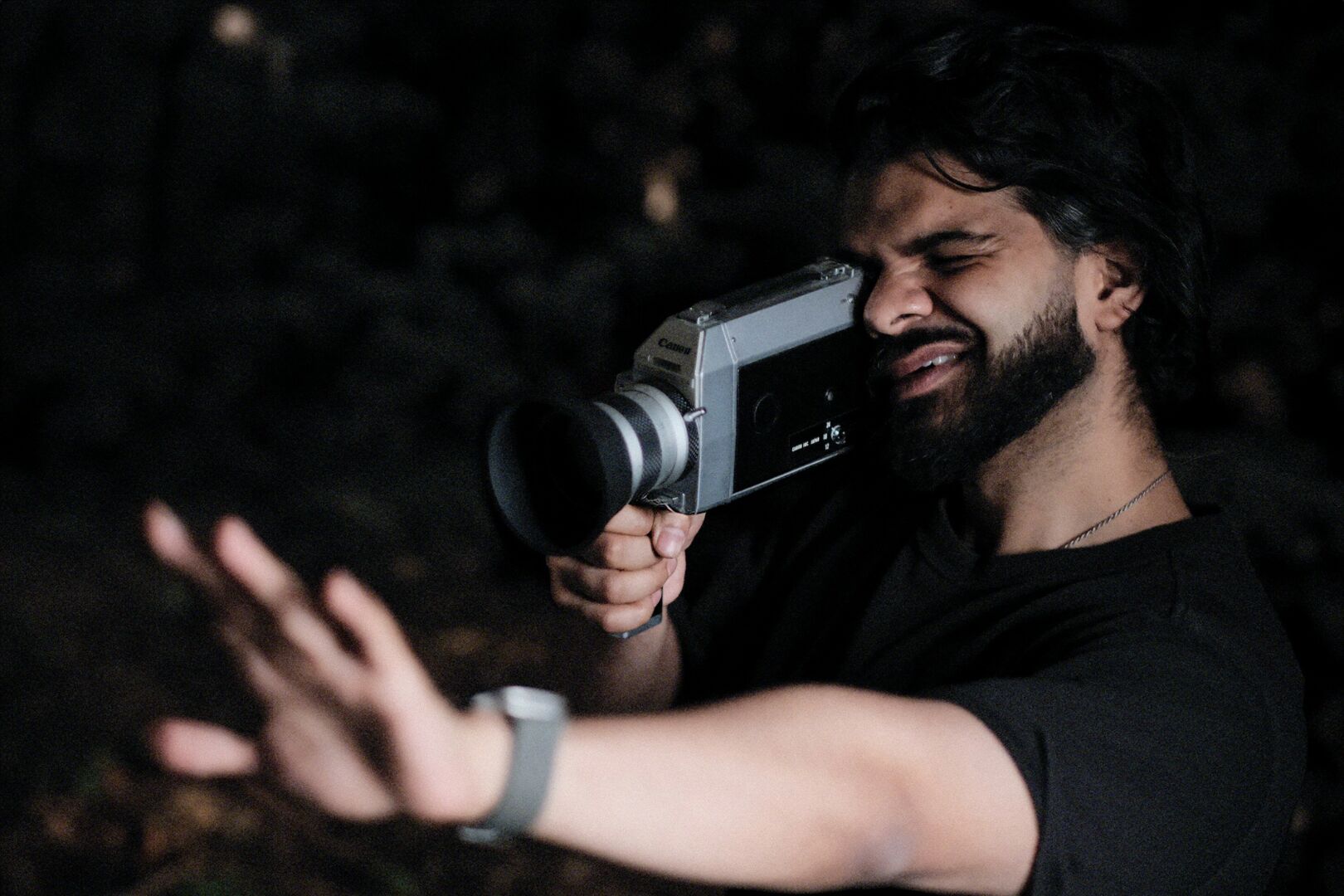
We had the good fortune of connecting with Avi Kabir and we’ve shared our conversation below.
Hi Avi, we’d love to hear about how you approach risk and risk-taking.
Risk? Yeah, I’ve thought about it, but I don’t obsess over it. Maybe I should sometimes, but then where’s the adventure in playing it safe?
For me, risk feels like the horizon—it looks like the edge of everything you know, but really, it’s where the known meets the unknown. And beyond that point is where discovery happens.
I remember back in 2020, when I was producing Sweet Things with Alexandre Rockwell. We had a modest budget and decided to crowdfund most of it, which, honestly, felt like stepping into quicksand. There were no guarantees—just a lot of hope and a whole lot of faith. The campaign itself was a risk. We designed posters featuring big names like Jennifer Beals, Steve Buscemi, and Sam Rockwell to attract attention, but what if it hadn’t worked? What if we’d fallen short of our funding goal? But that’s the thing about risk—it forces you to push yourself. In the end, we raised $200,000 from over 500 backers. The film not only got made but went on to win Best Film at the Berlin International Film Festival. That entire process taught me that risk often brings out resourcefulness you didn’t know you had.
Fast forward to 2024, when I began my documentary Entangled Lives on the Living Root Bridges in Meghalaya, it was another leap into the unknown. It wasn’t just about navigating the dense forests or tackling language barriers. It was about immersing myself in a culture that exists largely through oral traditions. There are no detailed written records to follow—just stories passed down through generations. I had to rely on local elders to share their knowledge, and that meant learning to listen deeply, to trust intuition over facts. The risk was not just logistical—what if I couldn’t capture the essence of these bridges, or worse, misrepresented the folktales that give them life? But that’s where the beauty of risk lies. It demands adaptation, humility, and a sense of trust in the process. The villagers, despite my clumsy attempts at Khasi, embraced me, and what we created together was something that surpassed any expectation I had going in.
In a way, I’m a bit of a sucker for risk. It forces me to adapt, to connect, opening space for convergence and conversations. And you know what? That’s where the magic happens. You take the leap, and somehow, it’s not just about surviving—it’s about creating something that matters, together.
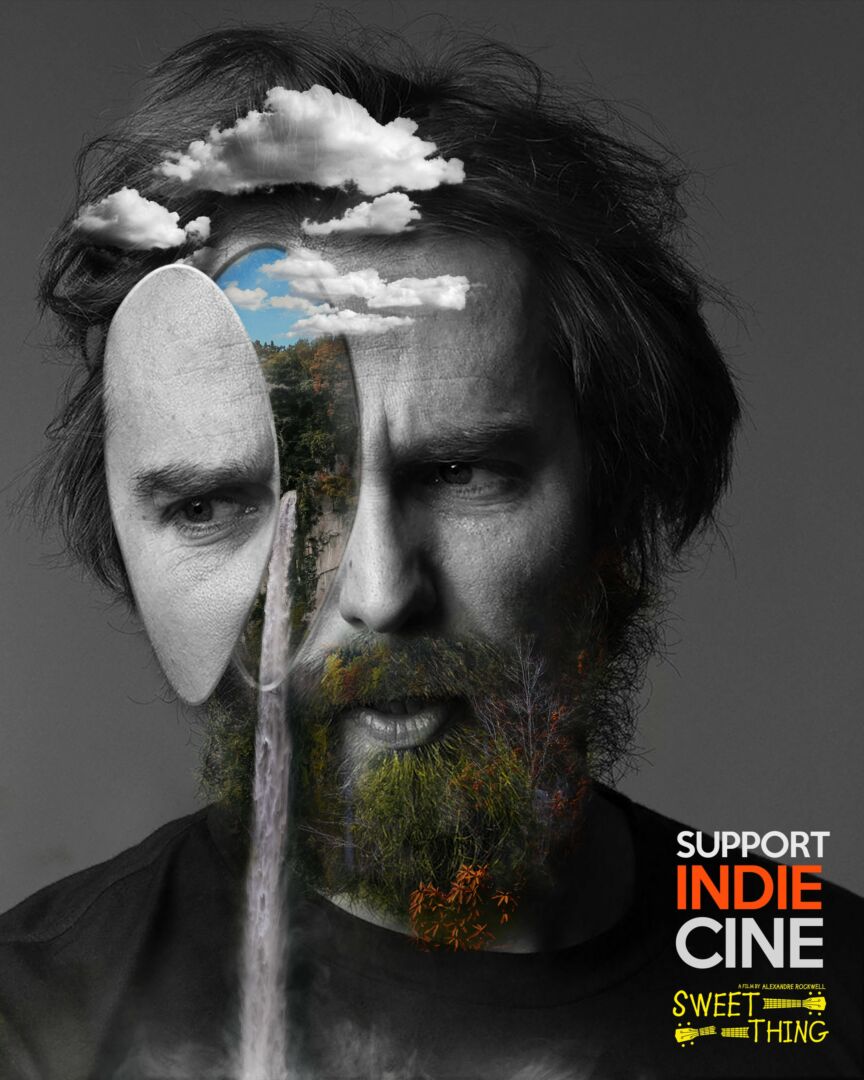
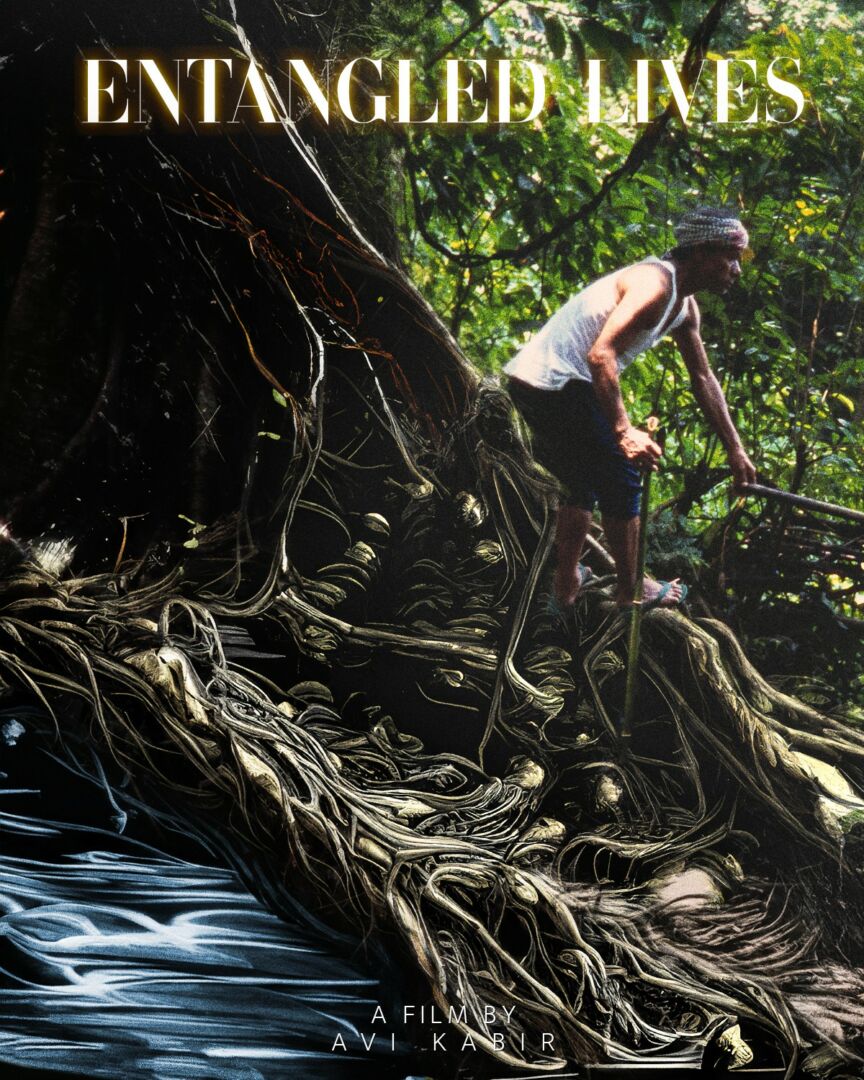
Alright, so let’s move onto what keeps you busy professionally?
When I was a kid, my career goals were all over the place. One day I wanted to be a scientist, the next a pilot, then an astronaut. By the time I was 18, I was convinced I was going to be a rockstar. I loved the idea of playing loud guitar, maybe wearing some ridiculous clothes, and living in the world of music. It seemed like a solid plan at the time. What I didn’t realize back then was that all these ambitions—whether science, flying, or music—were connected. They were all fueled by the same deep curiosity to understand the world and my place in it. I wasn’t jumping from one thing to another; I was exploring different ways to engage with everyday life in India. Filmmaking became the perfect medium for this exploration. It allowed me to dive into all the subjects that fascinated me without having to choose one over the other. It brought everything I loved into one cohesive expression.
Take Entangled Lives, my recent documentary film. The film is about the Living Root Bridges of Meghalaya. The bridges are marvels of architecture and biology, but they also carry centuries of human stories—stories of agency and resilience. To capture the depth of these stories, I chose to blend live-action footage with animation. The live-action scenes ground us in the present reality of the Khasi people and their environment, showing the incredible landscapes and the practical, everyday uses of these living structures. Meanwhile, the animation allows us to dive into the folklore that surround the bridges—stories passed down through generations but never documented in science. By weaving together these two mediums, I could highlight both the seen and the unseen aspects of this culture.
In my stories, I aim to celebrate the “little guy”—the everyday person who takes whatever they’ve got lying around and somehow turns it into something incredible. Currently, I’m directing a short film, The Fog Catcher. It’s about a 14-year-old kid who fights drought by building a wild contraption to catch water from thin air, using just his wits and some junkyard scraps. What excites me most is exploring the microscopic and personal realities within the bigger world. It’s like being an astronaut, but in reverse—rather than venturing away from Earth, I’m flying inward. My rocket ship isn’t built by me alone; it’s made up of knowledge written and explored by smarter people—social scientists and engineers. Once I latch onto something I read, it’s my stubbornness that drives me inward within that framework to find a character whose life represents it.
Surrounding myself with smarter people has also helped me discover things in myself that I never knew. For example, while working with incredible mentors like Alexandre Rockwell on his film Sweet Things, I helped him run Kickstarter campaigns to raise money. In the process, he discovered that I could design posters and do some cool graphic work. His confidence in my untrained hands was inspiring, and it helped me learn more about storytelling, visual forms, and audience reception.
Was it an easy ride? I was going to say it wasn’t easy moving to New York to study film at Tisch, crammed into a kitchen with three flatmates. But thinking back on it… that kitchen wasn’t so bad. It was actually cosy at times and I learned to cook some questionable meals, so, scratch that.
Then I thought about how difficult it was to navigate the social scene in New York. There was this fear of going out with friends because I had no clue (still don’t) how to order drinks properly, and I was terrified (still am) that I’d blow my rent in one night. But looking back, those quiet Friday nights in the library turned out to be some of the most productive moments of my life. So no, that wasn’t the hardest part either.
Here’s the latest one that should have made the list of difficult decisions: I left my job in New York City in 2023 to return to India and direct a documentary and a short film. I was stepping away from a stable paycheck and the comfort of familiarity—and from New York City, which I love so much. It was terrifying to leave all that behind, but guess what? Two films later, I’ve got something to show for it. So, not so bad after all.
Honestly, every time I’ve had the privilege to make a decision toward my goals, it’s been a breeze compared to what some people face—those without the freedom to dream, to decide, or those suffering from hunger and war. The challenges I face in exercising my agency are nothing compared to those who are fighting for basic survival. This helps me stay grounded and reminds me to be grateful.
One of my favourite lines comes from Robert Frost’s Stopping by Woods on a Snowy Evening:
“The woods are lovely, dark and deep,
But I have promises to keep,
And miles to go before I sleep.”
I first learned this poem in grade 8, and at the time, it was just a few lines I had to memorize to get through literature class. But as the years passed, the meaning of those words deepened for me. On the surface, the poem speaks to a longing for rest, but it also captures an underlying drive to keep moving forward, to fulfil promises—both to oneself and to others. It’s not just about ambition; it’s about staying connected to the journey.
I want my work to continue reflecting the diversity and complexity of human capability and agency. I’m always looking for ways to combine different ideas and disciplines, whether it’s blending science with storytelling, architecture with folklore, or music with visual art. My journey as a creative is about exploring and arranging these elements in a way that allows us to witness them together—and, hopefully, be moved to dance, cry, laugh, and reflect.
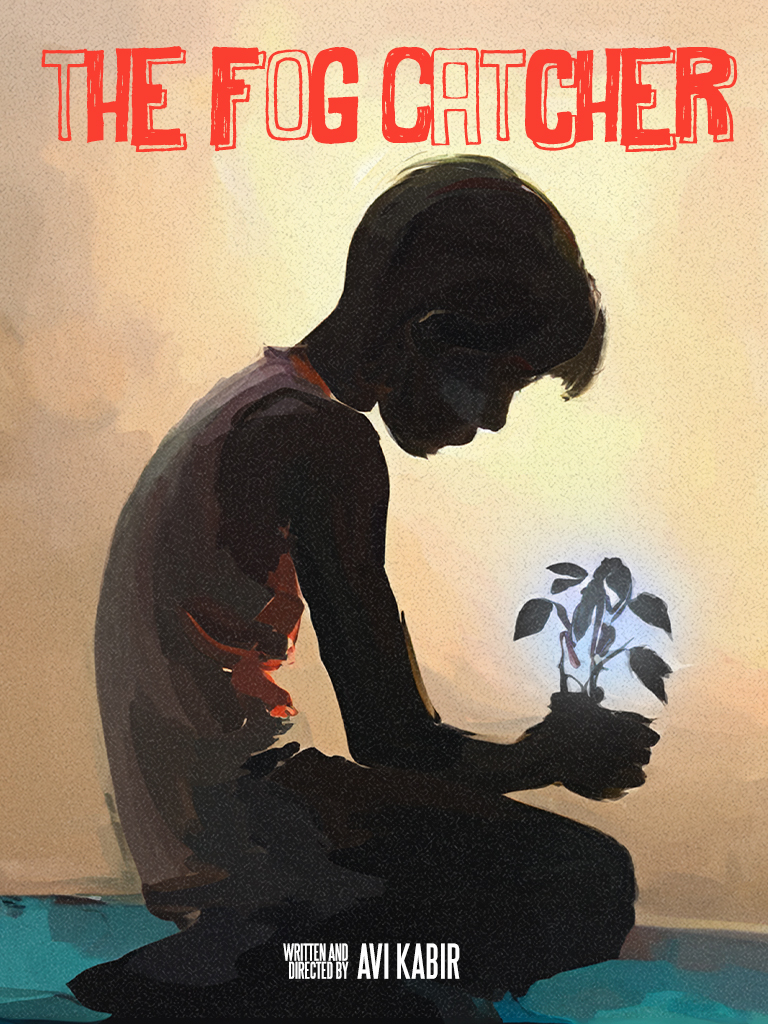
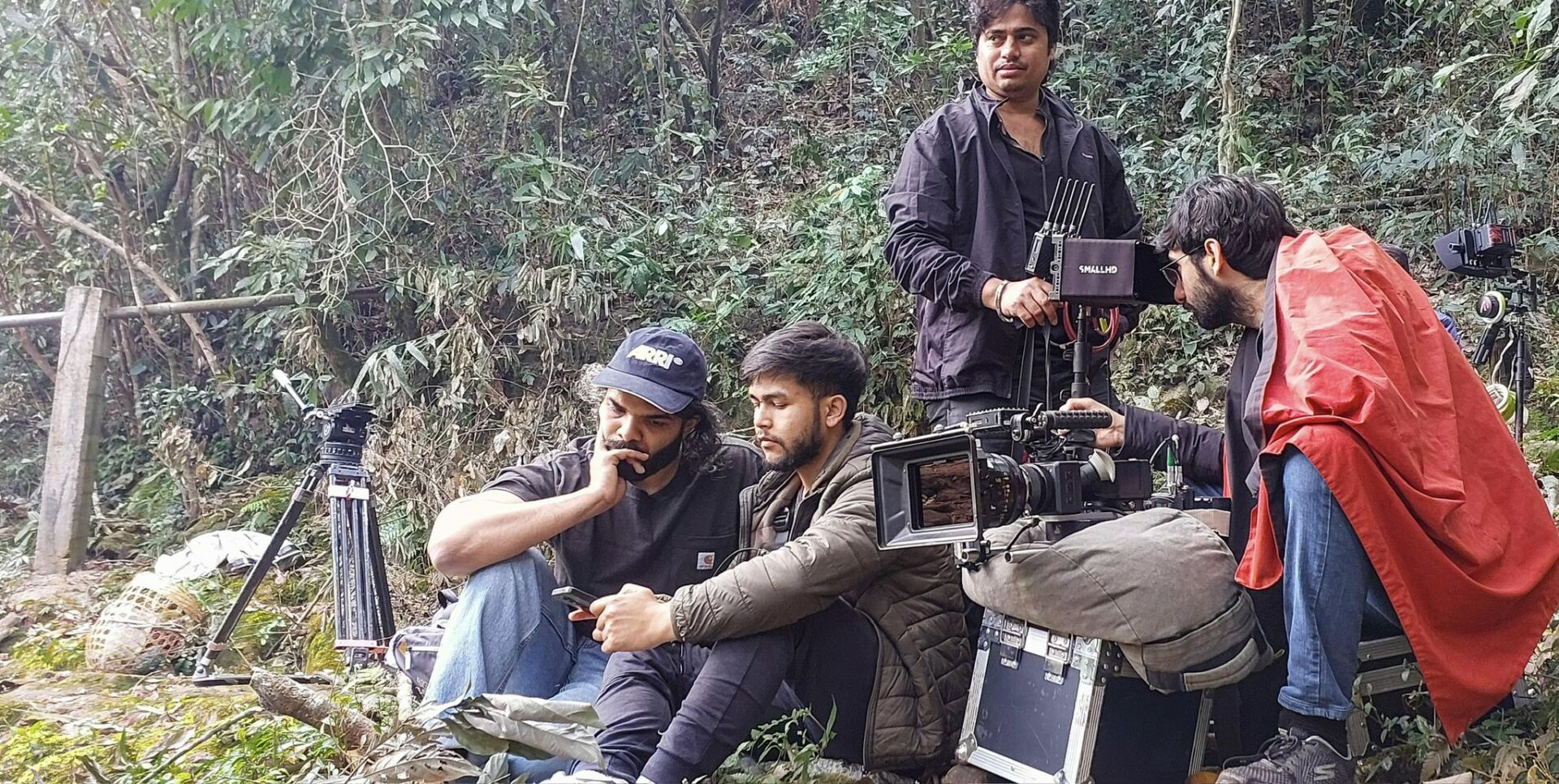
If you had a friend visiting you, what are some of the local spots you’d want to take them around to?
We’d start the day with bagels the size of our heads and coffee in Tompkins Square Park, where we can sit, sip, and mind-read the pigeons. Then we’ll mosey over to Strand Bookstore to dive into those dollar carts—because who doesn’t love a bargain book that smells like history? If there’s a market on 14th Street, we’ll grab weird mushrooms and honey I’ll never use. Next, I’ll drag you to B&H Photo Video where I’ll geek out over cameras I can’t afford but pretend I need.
The next day, it’s off to the Rubin Museum, where I’ll pretend I know loads about Himalayan art and drop words like “existential” and “cosmic.” We’ll grab some street food, then hit up thrift shops for funky outfits that may or may not fit, and cap the evening with a stroll through Washington Square Park, trying not to look like tourists as we awkwardly listen to a jazz saxophonist.
Midweek, we’ll watch an indie film at the IFC Center—the weirder, the better—then raid Sugar Ray’s for enough candy to fuel a sugar coma. After we recover, it’s a full day at the Met, getting lost between ancient Egyptian mummies and modern art. Naturally, we’ll follow that up with a walk in Central Park, maybe get on one of those little boats where I’ll pretend I’m an expert rower.
By now, we’ll hit the American Museum of Natural History, ogling dinosaurs and the cosmos like proper nerds. Maybe I’ll insist we go to the Hayden Planetarium and ponder the universe. We’ll round out the week thrifting again, squeezing into weird vintage jackets, and wrapping it all up with live jazz at Smalls or Rockwood Music Hall, where we’ll feel deeply cultured and probably order overpriced cocktails.
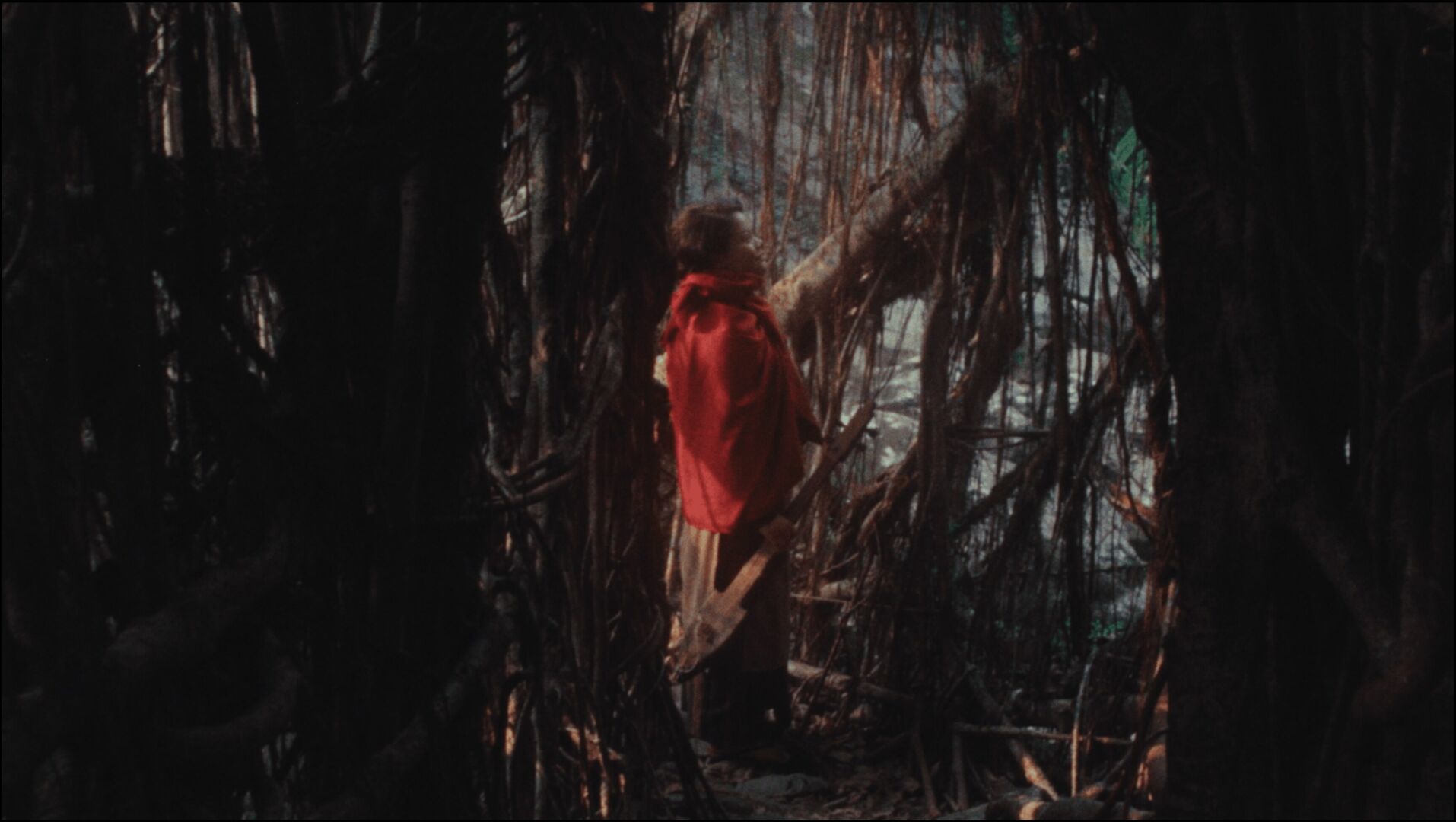
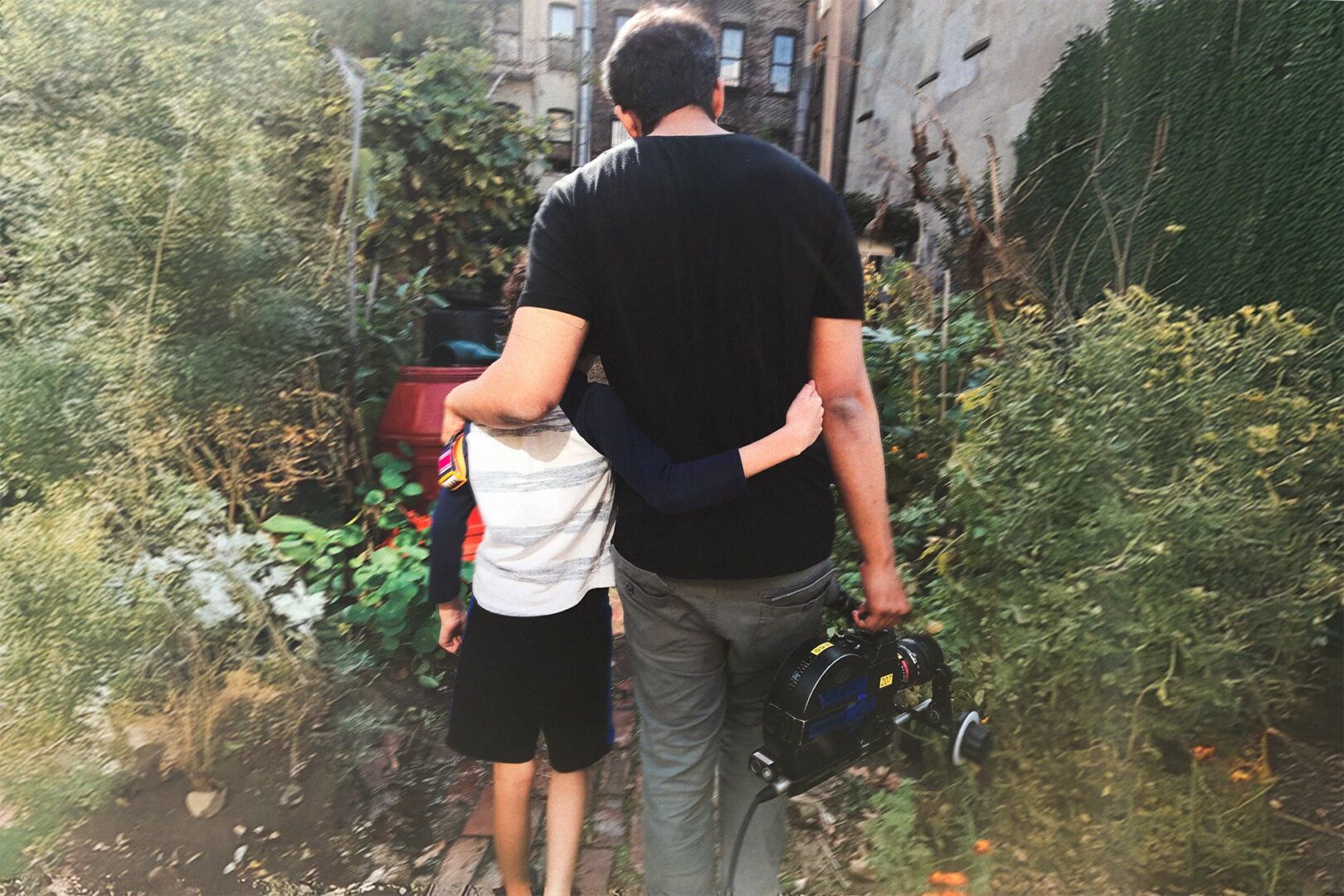
Who else deserves some credit and recognition?
Shoutout to the one and only Jall Cowasji.
I first met Jall back at NYU Tisch where he was this hotshot DP, fresh out of cinematography school. At the time, I couldn’t get him on my set because, let’s be real, he was totally booked and I was still running around struggling to make sense of my scribbly scripts.
But fast-forward to life after school, and boom—we finally got to work together. And it’s been nothing short of a miracle. Working with Jall is like finding the last piece of a puzzle. He’s the guy who can look at my script, break it down frame by frame, and then make the wildest visual dreams come true. On those days when the budget runs dry, this guy can even pull out some wizard-level math and make the shooting schedule work.
Jall’s is a rare cinematographer and a man of many talents, who brings both genius and groundedness.
Website: https://www.avikabir.com
Instagram: https://www.instagram.com/avikabir
Linkedin: https://www.linkedin.com/in/avi-kabir-4697a6147/
Other: Spotify: https://open.spotify.com/artist/4s5Cu42kfejElXd0w6nNPJ?si=0HLuo_F3SFOr_BZoXC_d1g
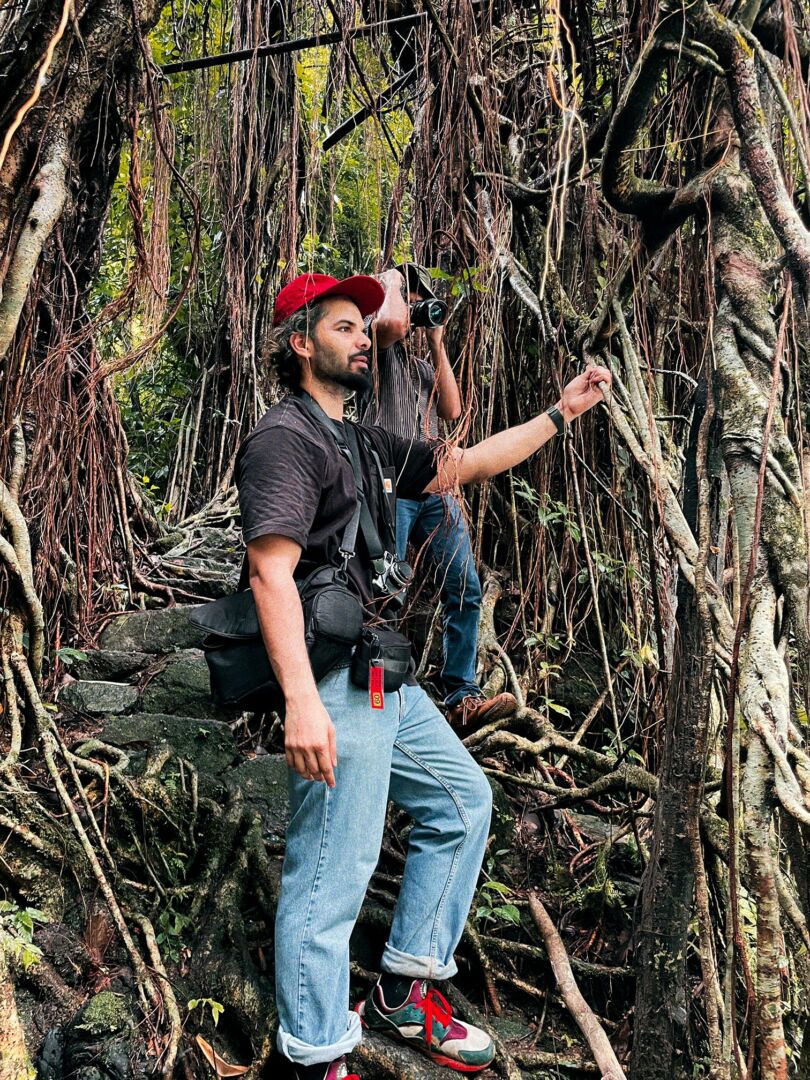
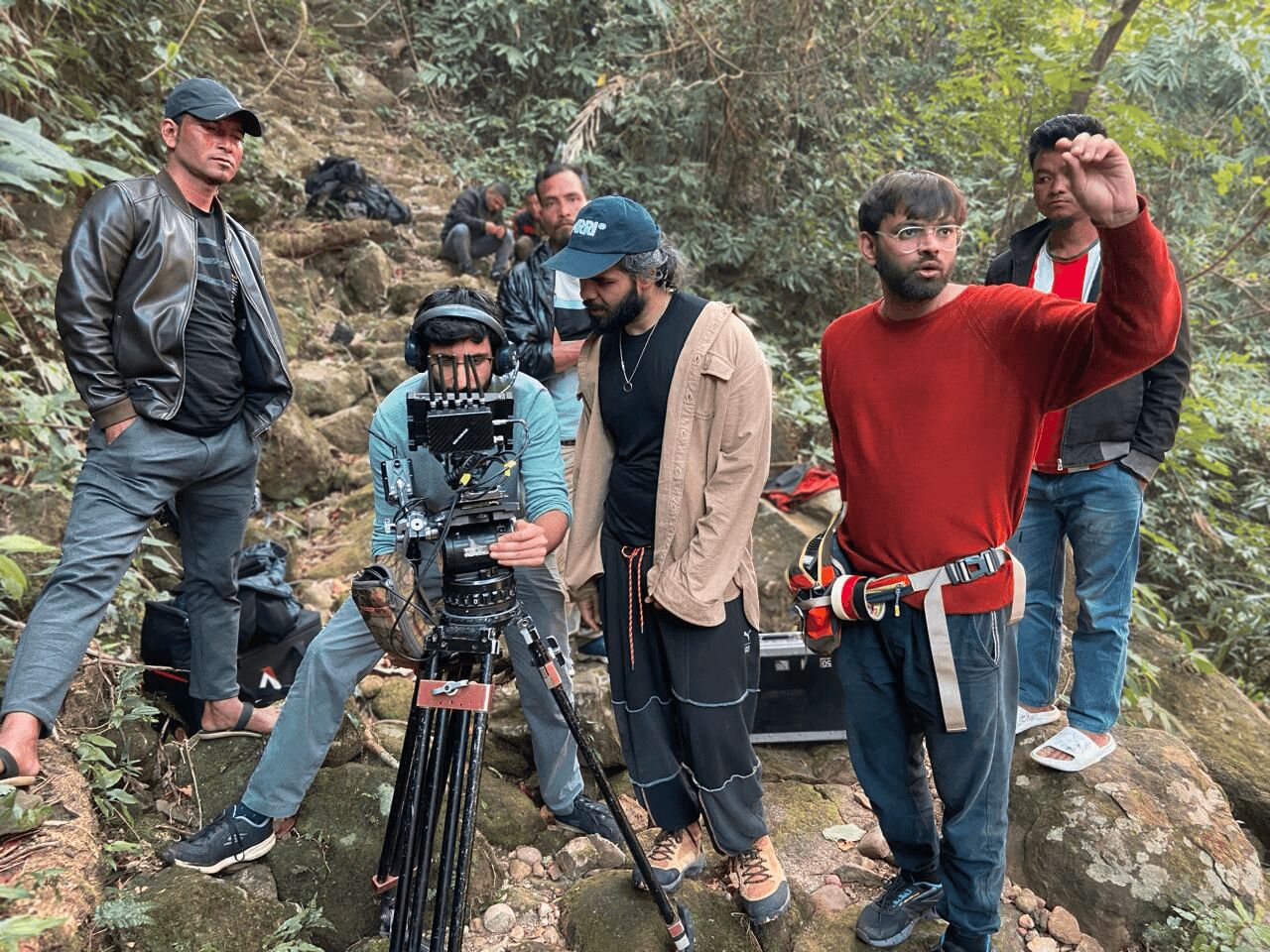
Image Credits
Avi Kabir
